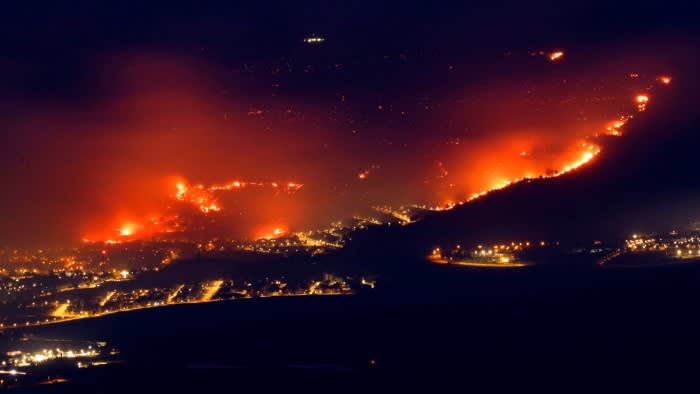We thought we lived in Tuscany: Hizbollah strikes ravage Israel’s north
In the summer of 2006, residents of northern Israel woke up to the sound of sirens and the sight of rockets raining down on their picturesque villages. What they thought was a scene from a distant war zone became a harsh reality as Hizbollah militants launched a series of attacks that would ravage the region and leave lasting scars on the Israeli population.
The Beginning of the Conflict
The conflict between Hizbollah and Israel had been simmering for years, but it came to a head in July 2006 when Hizbollah militants crossed the border into Israel, killed three soldiers, and kidnapped two others. This act of aggression sparked a full-scale war that would last for over a month and result in thousands of casualties on both sides.
Impact on the Israeli Population
For the residents of northern Israel, the sudden escalation of violence was a shock to their system. Many had lived peaceful lives in the region for years, tending to their vineyards and enjoying the lush landscapes that reminded them of Tuscany. But as the rockets continued to fall and the threat of ground invasions loomed, they were forced to evacuate their homes and seek shelter in bomb shelters and makeshift refugee camps.
The Aftermath
When the fighting finally subsided, the damage was extensive. Entire villages had been reduced to rubble, infrastructure had been destroyed, and countless lives had been lost. The once-idyllic landscape of northern Israel now bore the scars of war, and the residents struggled to rebuild their lives in the wake of the devastation.
Conclusion
The conflict between Hizbollah and Israel in 2006 left a lasting impact on the residents of northern Israel. What they thought was a peaceful existence in a Tuscany-like setting was shattered by the violence and destruction brought on by the war. The scars of that summer still linger in the hearts and minds of those who lived through it, a reminder of the fragility of peace and the brutality of war.
FAQs
Q: What were the main reasons behind the conflict between Hizbollah and Israel?
A: The conflict was sparked by Hizbollah militants crossing the border into Israel, killing soldiers and kidnapping others.
Q: How did the residents of northern Israel cope with the violence?
A: Many residents were forced to evacuate their homes and seek shelter in bomb shelters and refugee camps.
Q: What was the aftermath of the conflict?
A: The region suffered extensive damage, with villages destroyed and lives lost. The landscape of northern Israel was forever changed by the war.




